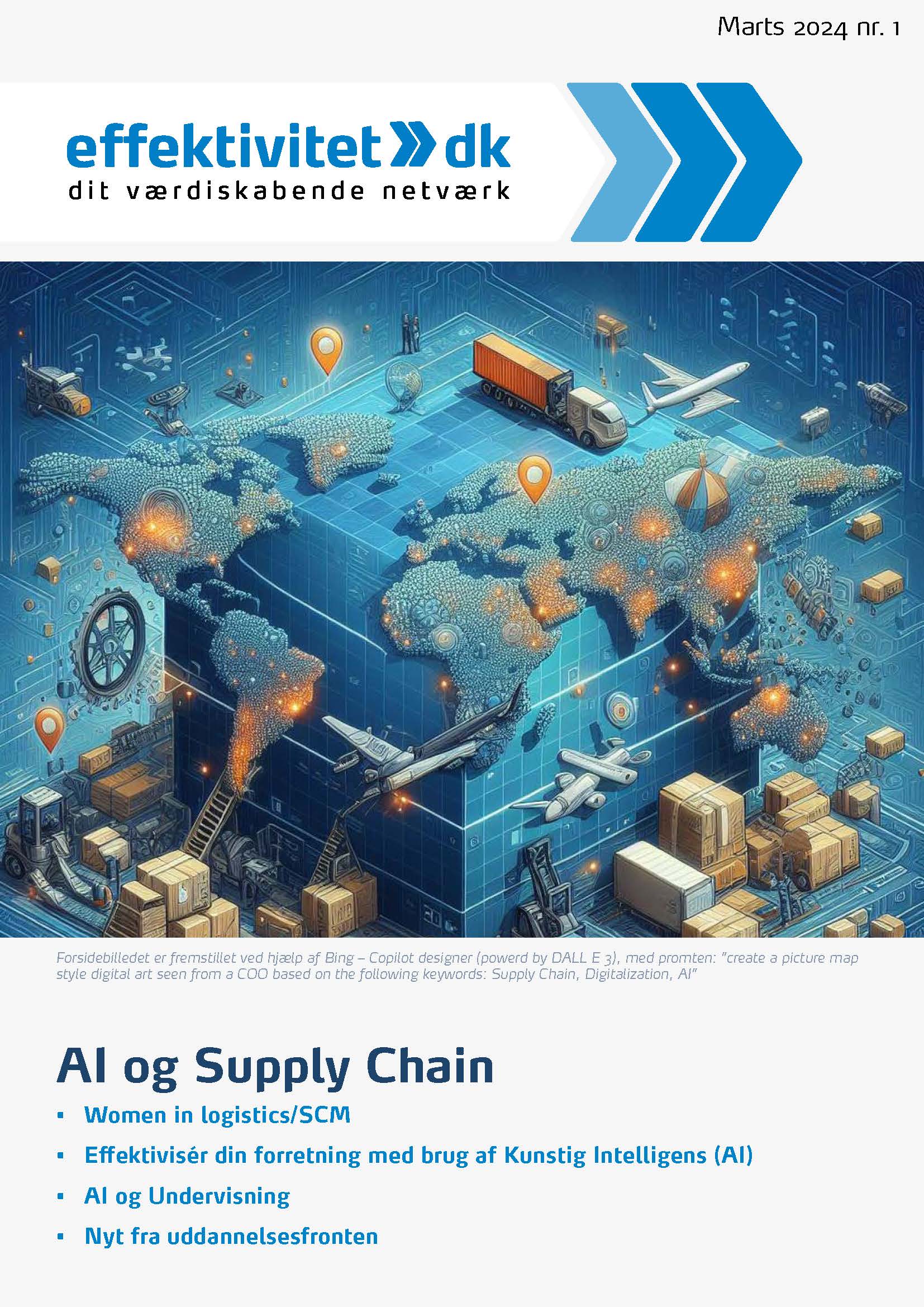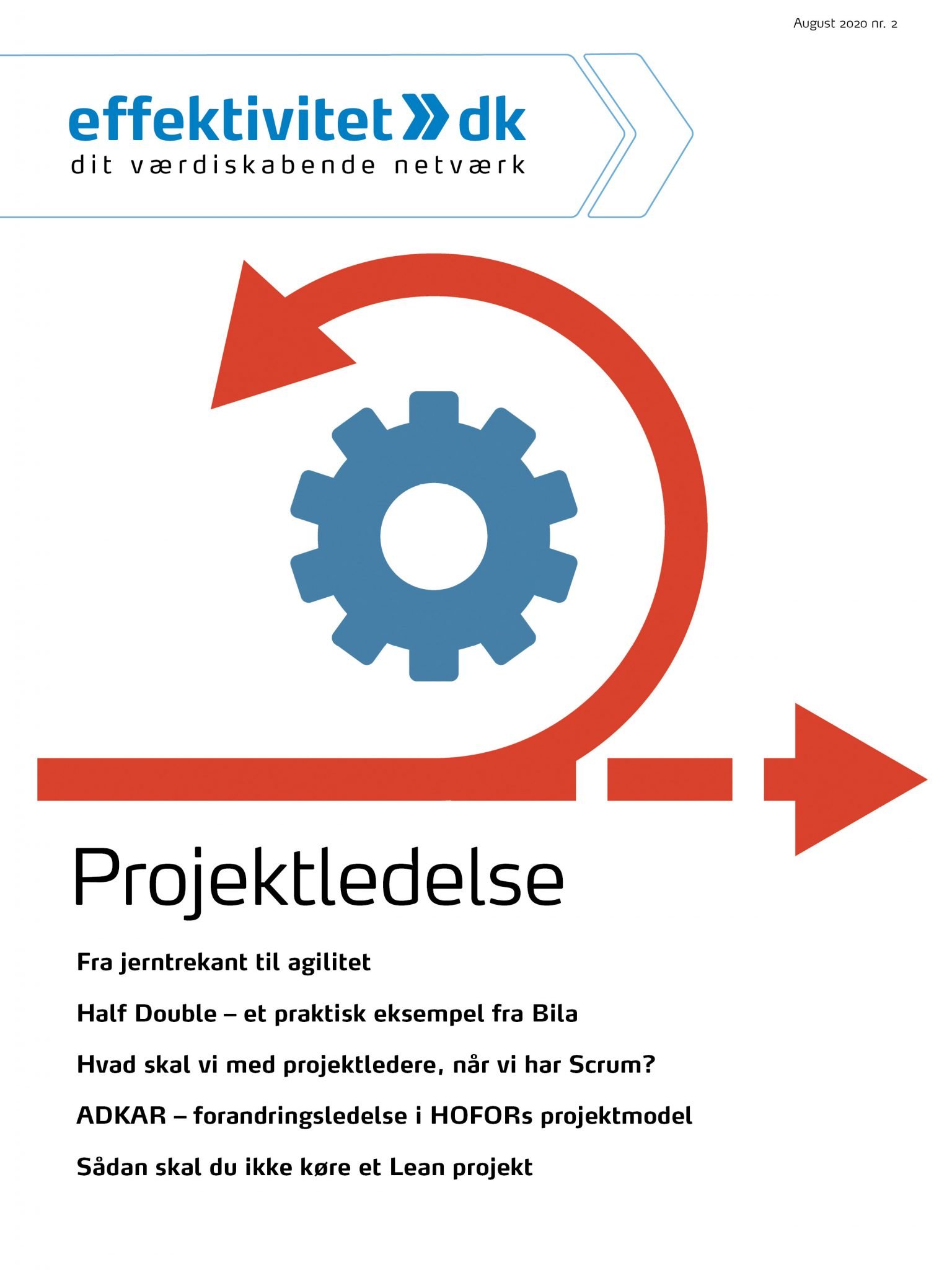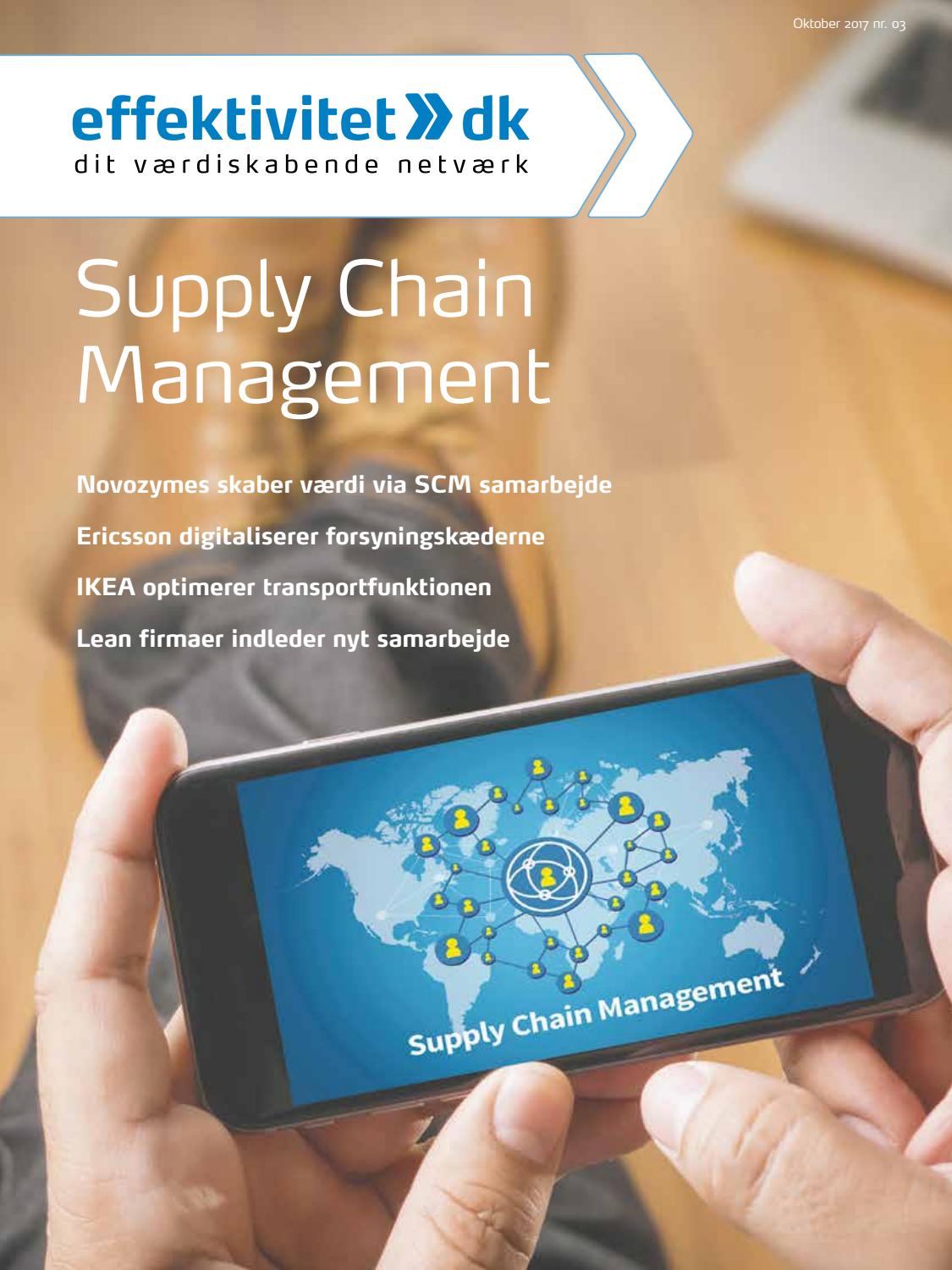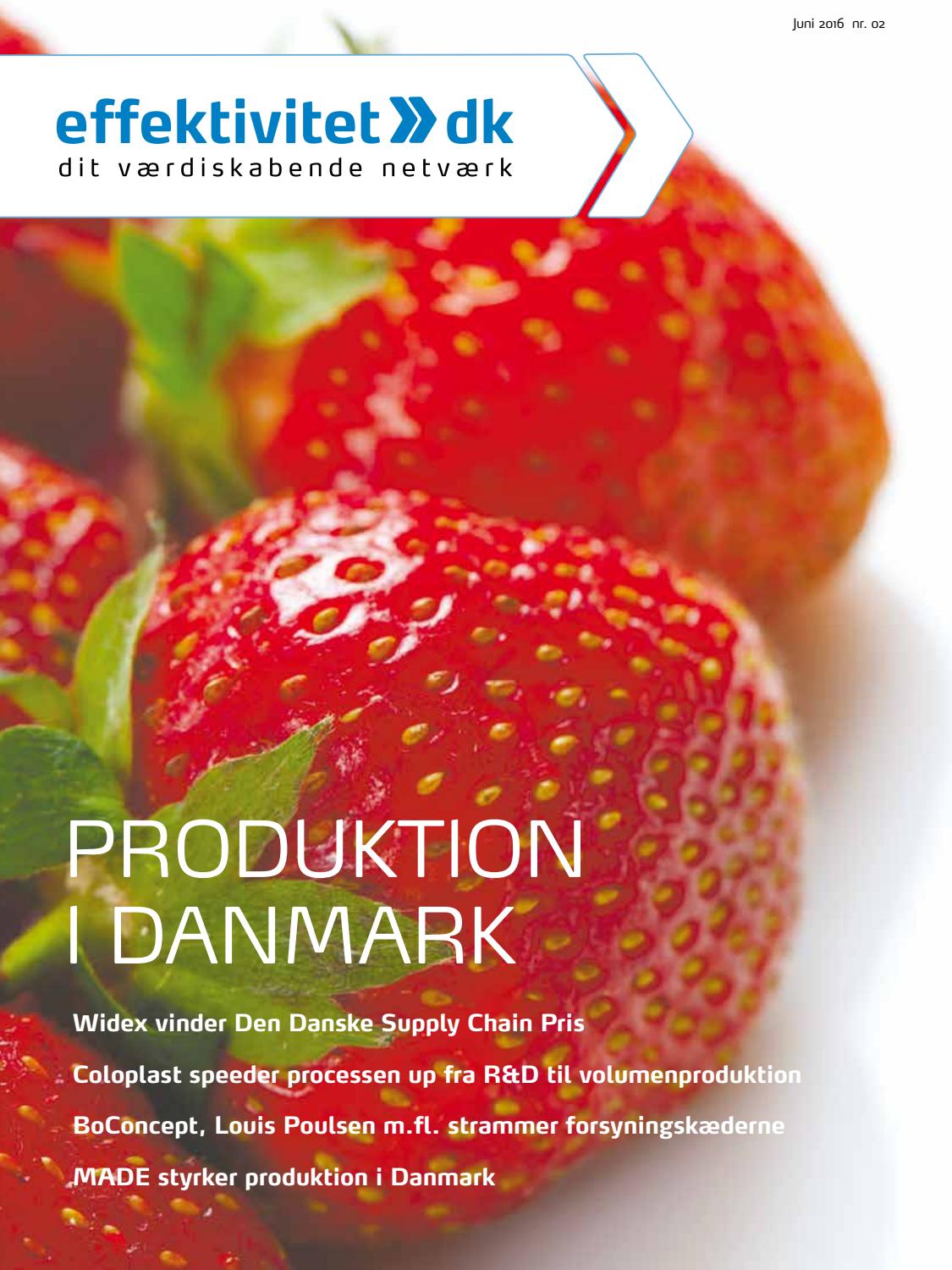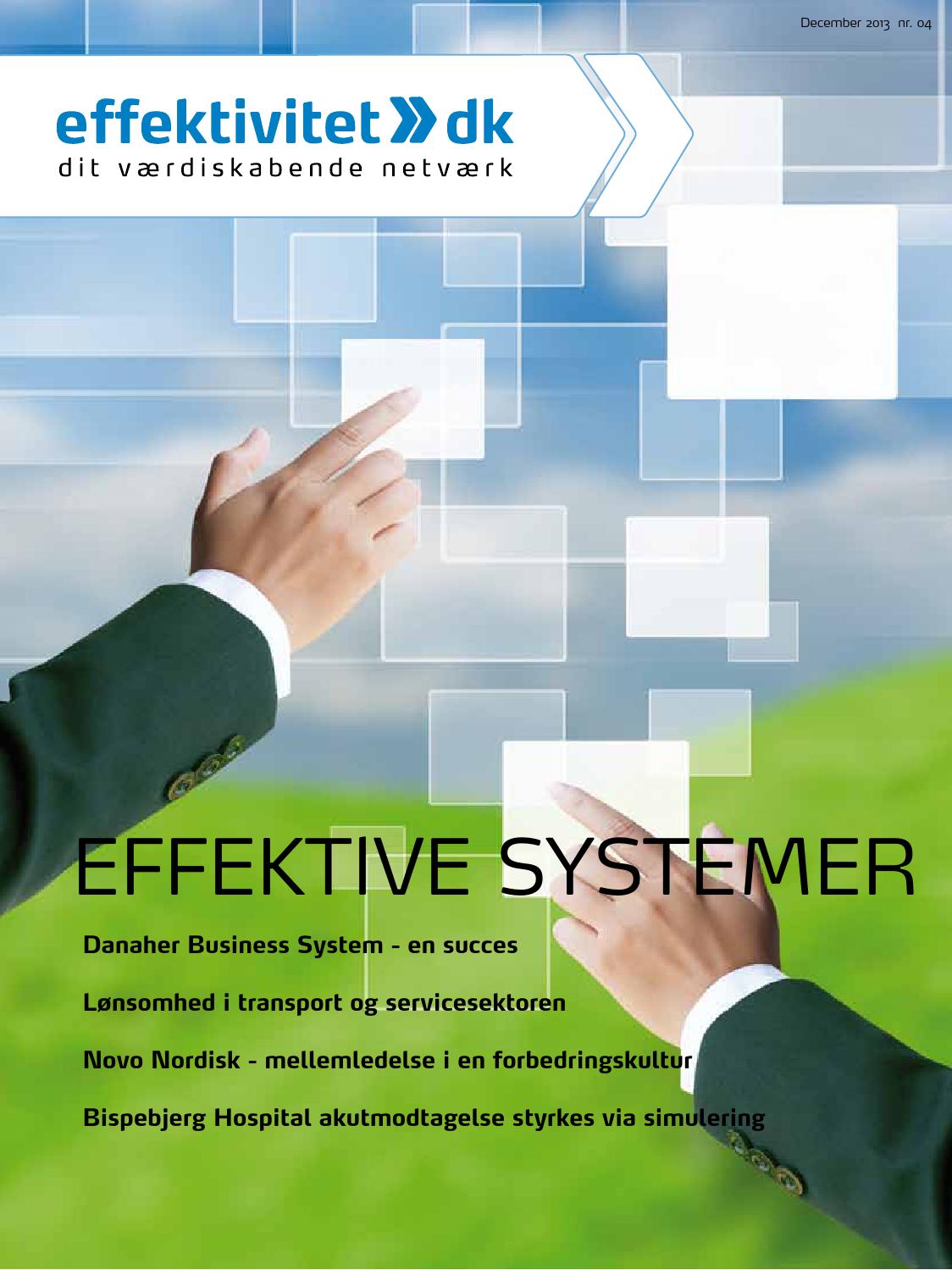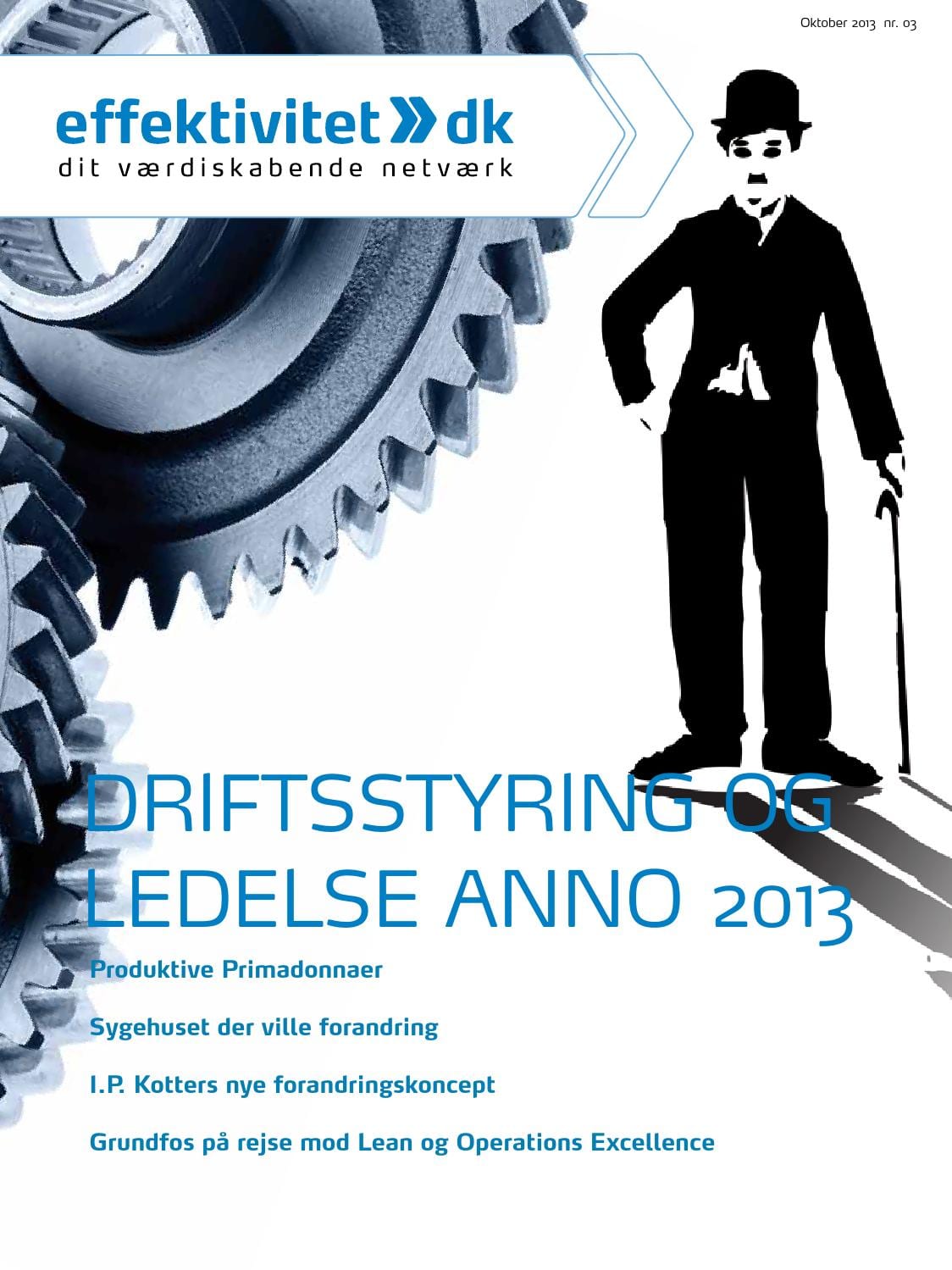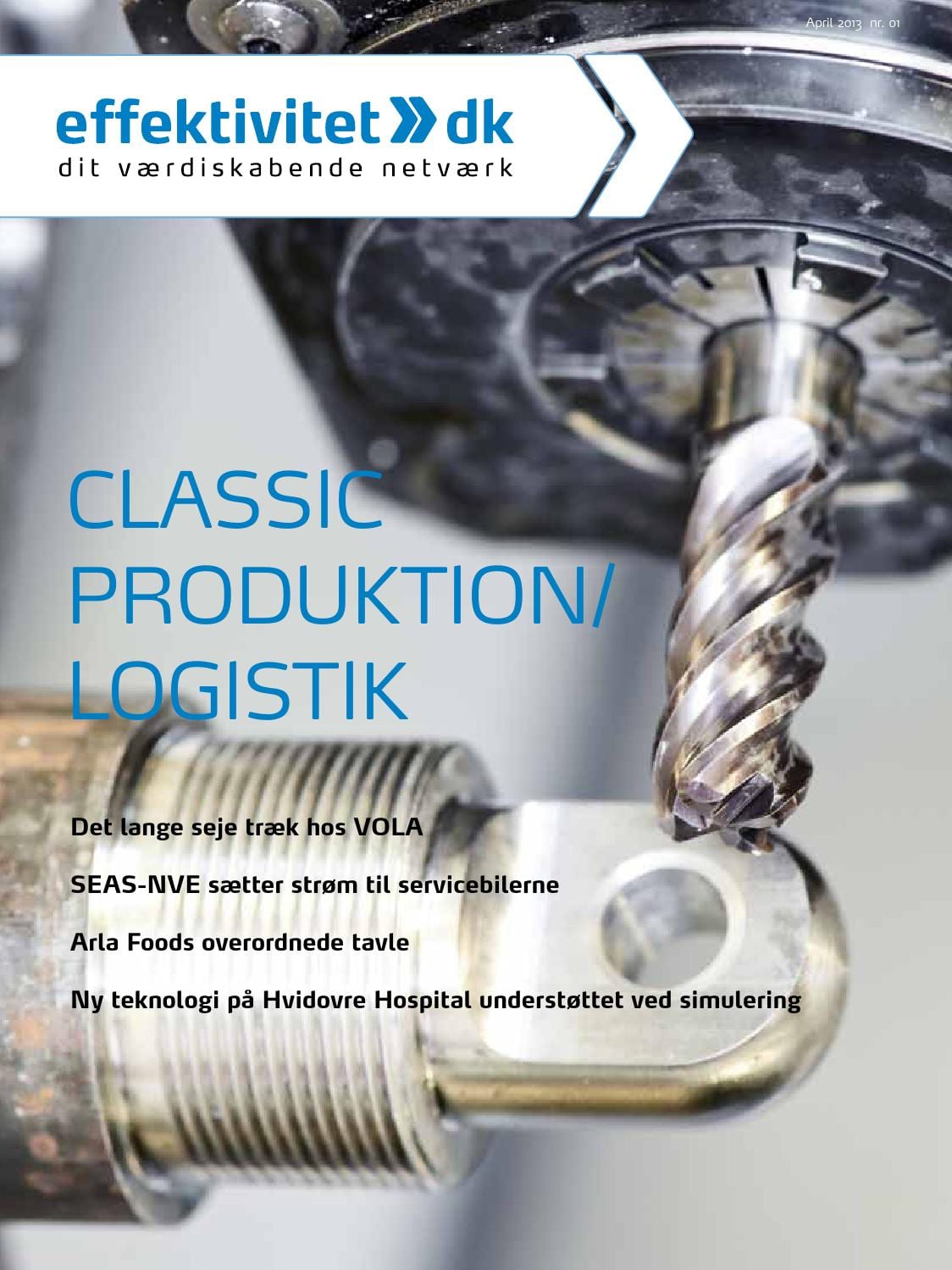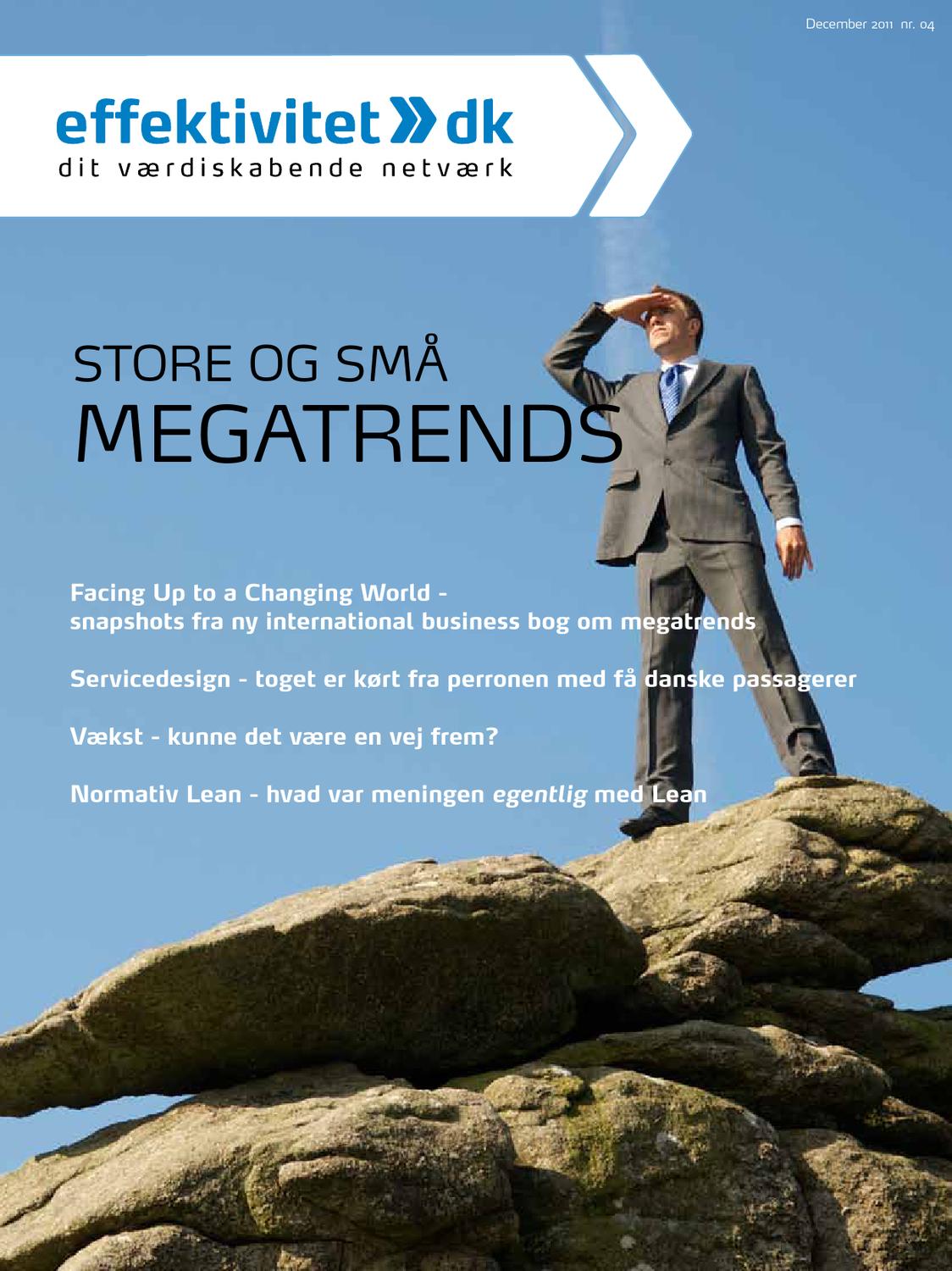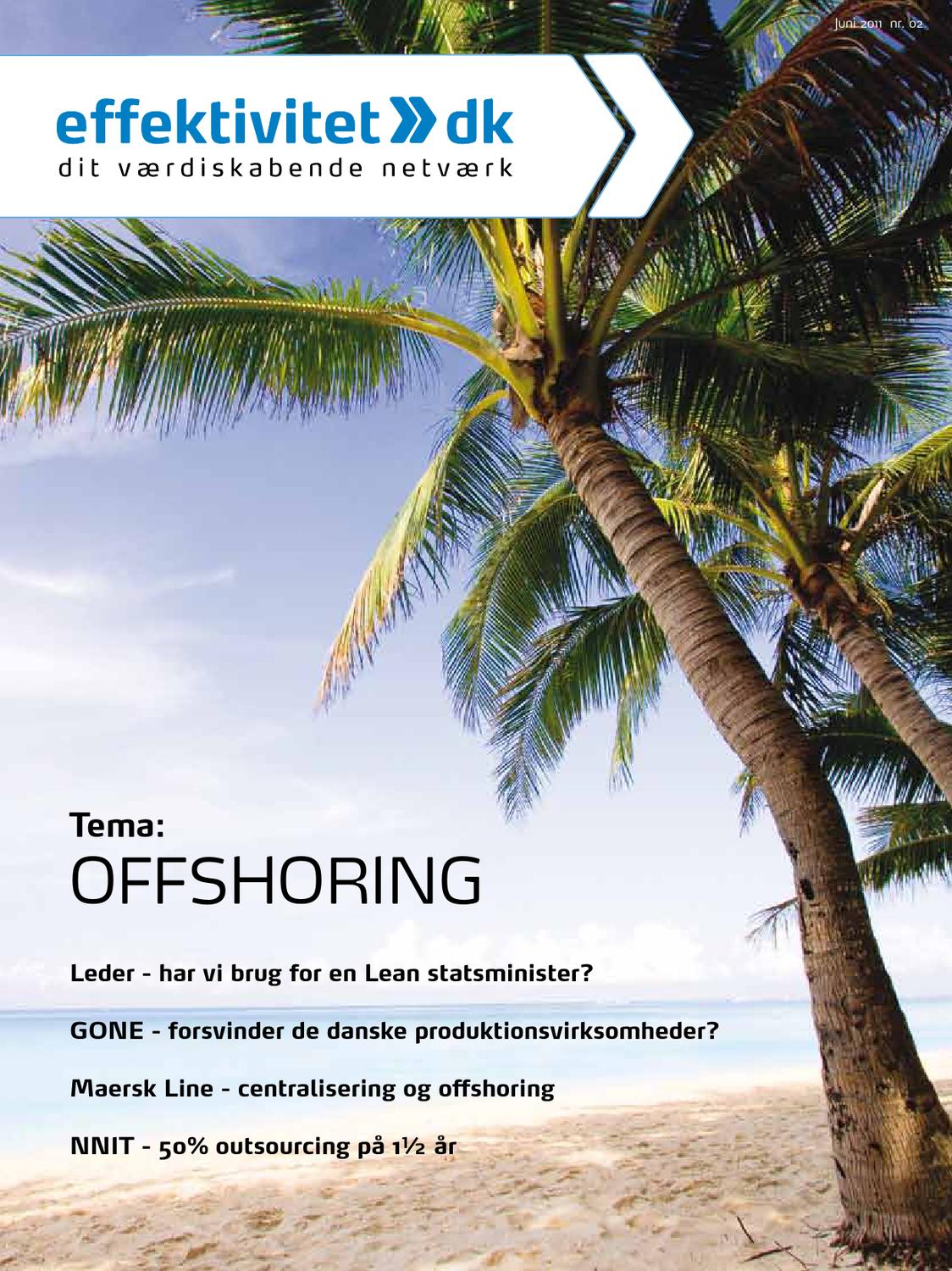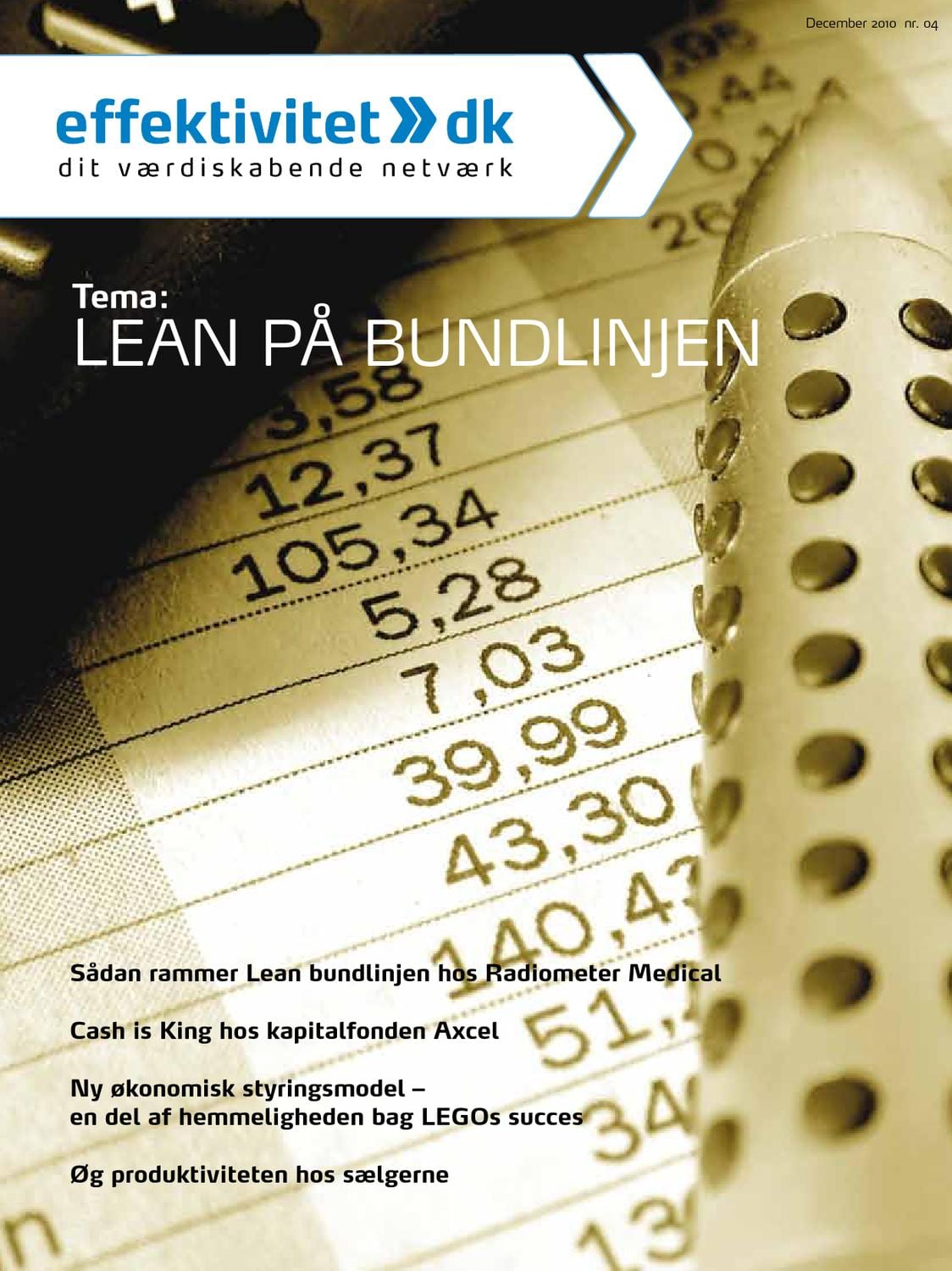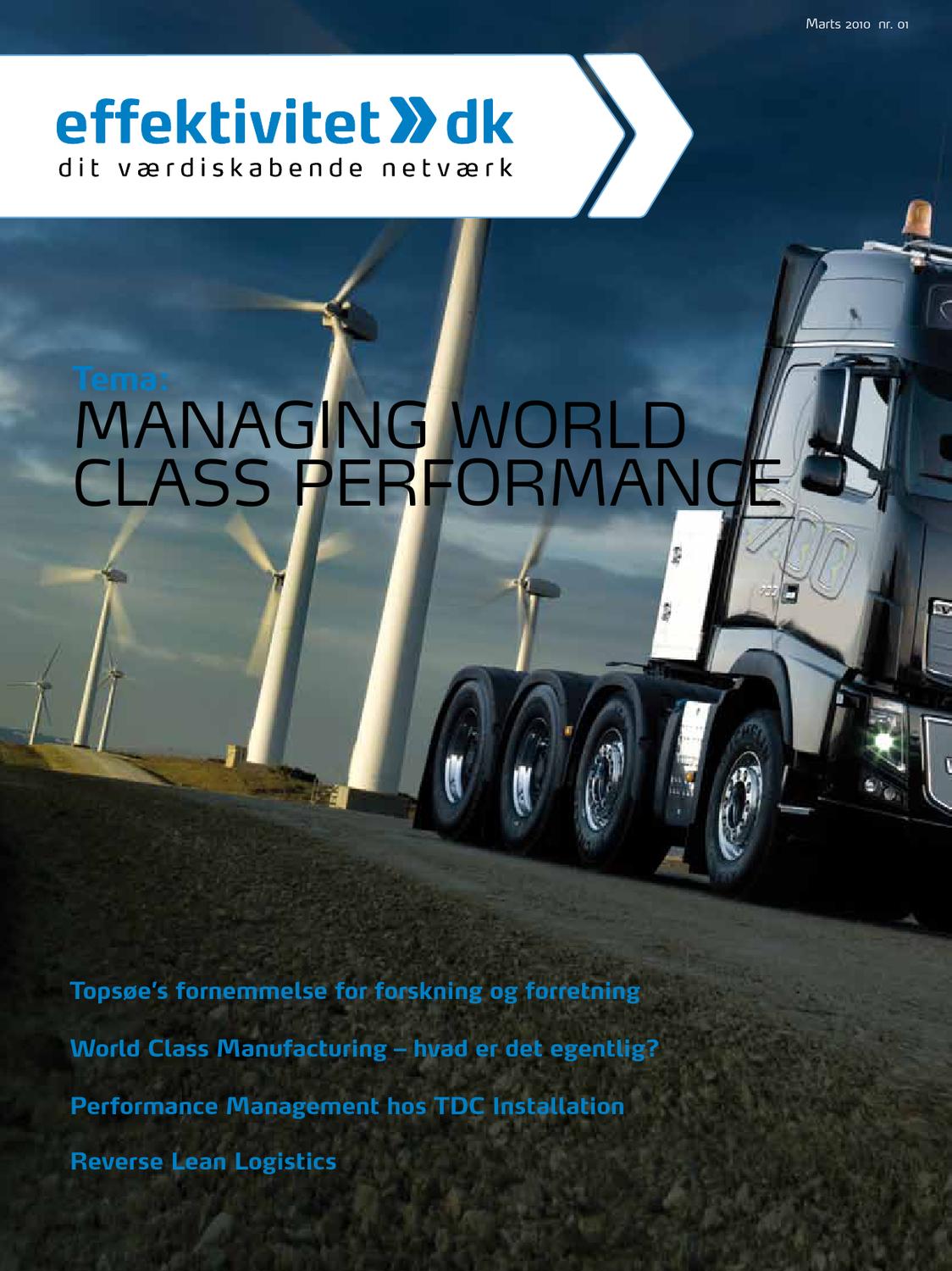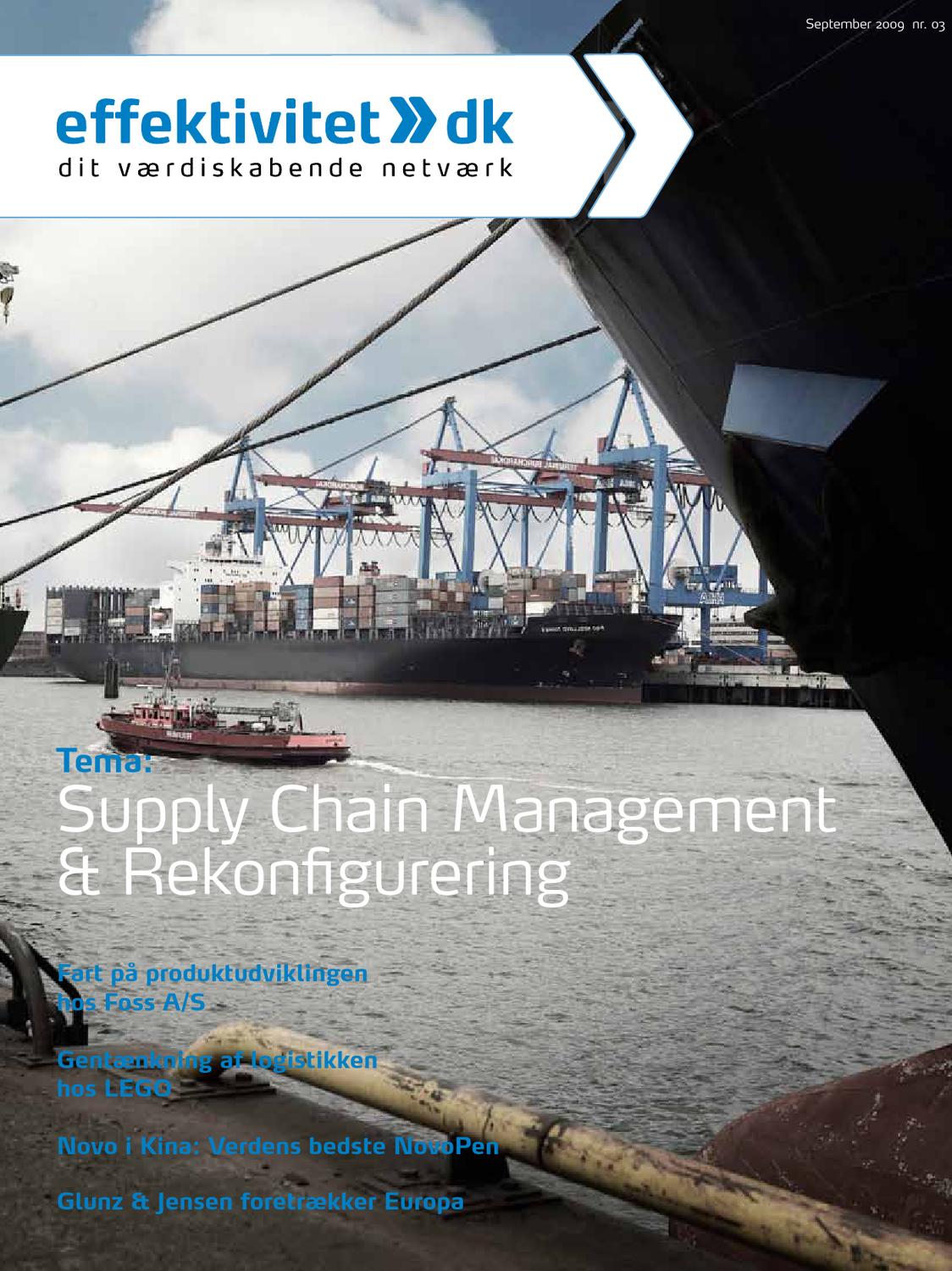Established manufacturing firms see the opportunities to extend their businesses following the value chain in direction ‘downstream’ to the customer and consumer. This is a response to the opportunity to extend the businesses, when customers buying products increasingly ask for more services. Customer needs are changing and so are their buying practices and processes. Hence, manufacturers of capital goods develop their competences and capabilities to offer and deliver services and integrated solutions, combining physical products and services.
The article describes the strategy of business model extension by manufacturers, first adding offerings of services, then product performance, and in the most extended form solutions for the customer. Potentials and challenges in developing a servitization strategy are discussed in relation to the effect on the business model. Potentials include creating stable revenue, higher margins, and closer relationships with customers. These are challenged by changing the value proposition to service and solutions and they require a drastic change in organizational culture, competence, organizational structures, financial instruments and objectives.
Servitization – What and what not
Servitization can both be a strategy and a strategic transformation. As a strategy, it is the development of the business by adding services to the manufactured product (the goods) offering. It can also be the strategic transformation journey developing the capabilities needed to provide services and solutions that supplement the traditional product offerings.
The company is changing to offering more complete market packages or “bundles” of customer focussed combinations of goods, services, support, self-service, and knowledge. When the process continues and involves more and more service offerings, services can begin to dominate (Vandermerwe & Rada, 1988, p. 314). This means that the company innovates by creating more value for the customers. So servitization is also a business model innovation made by a shift from selling products to selling Product Service Systems (PSS). A PSS is then a whole set of products and services designed to fulfil a customer need or to offer a solution to fulfil that need.
Why Servitization?
There are many potential advantages in developing a traditional manufacturing business model by adding services through a servitization process. There are reasons related to building own strengths but also in building obstacles for competition from other companies. Own strengths can be built by growth in revenue and profit, improved responses to customer needs, improved product innovation, building new revenue streams, and increasing customer loyalty (Gaiardelli et al., 2014). Higher barriers to competition can for example be built by cost reductions for customers and competitor lockouts for providers (Baines et al, 2017).
Extending a business model
The business model concept should entail three consecutive parts: Value proposition, value creation, and value capturing. In other words, how to make money by creating an offer that can be of value for the customer, how to create that value in our products through our processes, and how to offer this to customers and be paid for it. The business model in servitization is extended by adding to the manufacturing more offerings of not only services, but also the product performance and may be even solutions for the customer.
This extension of the business model gives certain opportunities for more revenue and profit. However here are also new risks. Most important effects are summarized in table 1.
| POTENTIALS | CHALLENGES |
| + EXTENDED BUSINESS. + INCREASED REVENUE. + PROFITABLITY. + CAPTIVE CUSTOMERS. |
– SMALLER MARGINS. – ORGANIZATIONAL CHALLENGES. – KNOWLEDGE REQUIREMENTS. – GEOGRAPHICAL CLOSENESS. |
Table 1. Potentials and challenges in Servitization.
Steps from manufacturer to solution provider
The development of servitization can be carried through to different extensions. The very first and common addition of offerings to a physical product is of course services such as maintenance and repair. Let us follow the different ambition levels and implications for what is offered. The product can be different kinds of equipment, here exemplified by construction equipment. (To the right).
Effects on your business model and business
When servitization moves the company from the manufacturing business model and maybe all the way to becoming a solution provider there are major effects on the business and the financials that have to be considered. In table 2, we summarise some of the most important effects.
- Our profit used to come from selling the equipment plus spare parts and maybe repair services. Now equipment, spare parts and services are costs for us.
- Risks used to be small or moderate when selling the equipment. Now we are responsible for a part of our customer’s operations.
- Development activities followed a plan, now we have to be adaptive to varying customer contracts. Human resources could be planned, now they need to swing following contracts.
- Our competence was in hardware, now it is mainly in doing services.
- Our business was planned and optimized on sales revenue minus production and distribution costs, now it is about subscriptions, optimizing productivity, paid by outcomes, offering financial solutions, and adapting capacity.
| Step 0. The manufacturer and seller of equipment. This is the traditional basic role, here illustrated as if we make front loaders. Our business is selling them and invoicing per unit. In addition we sell spare parts. We may also lease them. |
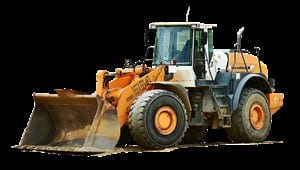 |
| Step 1. Maintenance and repair service. Normal additional offerings to the product with what is often called base services. We may have our own service staff but we can also have collaborations with service companies who work with our customers and buy the spare parts from us. |
 |
| Step 2. The supplier is here a performance seller and provider. The performance provider is following up on the performance of the product within the customer’s production process. The aim can be to improve uptime and optimize efficiency. We monitor our equipment from our control room. Consulting is often offered. |
 |
| Step 3. The functional outcome of the equipment. Now we have moved to become a function provider. Here the function of the product is offered and is the invoicing unit. For example price per distance and weight (Dollars/ton, mile) or ‘Power by the hour’. Operational lease, financial solutions, and rental are additional offerings. |
 |
| Step 4. This is the ultimate solution provider relation. We now run a whole process with our equipment within the customer’s process. It will involve a contract based on performance. For the customer it means less fixed costs. We, the supplier, will have an own interest in optimizing the process. |
 |
| MANUFACTURER | SOLUTION PROVIDER | |
| EQUIPMENT, PARTS | Profit | Costs |
| RISKS | Low | High |
| DEVELOPMENT | Planned | Adaptive |
| HUMAN RESOURCES | Planned | Adaptive |
| COMPETENCE | Hardware | Servicing |
| BUSINESS IDEAS | Sales – costs | Subscriptions, productivity |
Table 2. Effects from moving from manufacturer to solution provider
Opportunities and Challenges
The servitization strategy offers opportunities but also challenges in the business model, in the efforts needed, and in difficulties in getting there. There are several hurdles to consider if the strategic journey is decided to start or to plan. These issues include 1) changes in the company’s value stream positions; 2) changes in the types and scope of company’s market offerings; 3) the shifting orientation from product-focused towards service dominant or customer-focused business models; and 4) observed or required changes in structures, capabilities and relationships in the organizational and network level.
In table 3, we have gathered the considerations and observations a major equipment manufacturer has experienced from the start and through the servitization journey. They may be considerations for your own roadmap, which you should do before you start. Add and remove to fit your situation.
Should I do it?
Servitization is a strategy and a strategy is a way to compete. There is never a best strategy, a strategy is a choice. The choice, you make, depends on your capabilities, on the demand for the implemented strategy, and on your willingness to take the risk and try it. So before you start on the servitization journey: Ask yourself:
- Do I want to?
- Can I?
- Is it wanted?
If all answers are ‘Yes’, then
- Should I?
If you don’t do it
Servitization is not a panacea for every organization, but the opportunities and risks have to be thought through in the company strategic planning process, because if you don’t do it, there can be a new entry firm that takes over the customers by offering the services. What is happening more frequently is that Solution providers and Shared Economy Platforms (SEP) come in on top of your business model and hire or just connect resources with your customers. See figure 1.
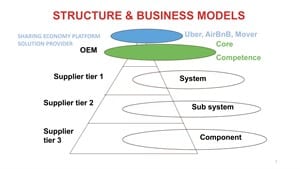
Figure 1. Vertical Industry Structure.
| POTENTIALS | C HALLENGES | |
| BUSINESS MODEL EXTENSION | Extended business model
|
Sticky organization and KPIs
|
| CUSTOMER RELATIONSHIPS | Captive customer
|
Organizational collaboration
|
| TECHNOLOGY INNOVATIONS | Digital value creation
|
Knowledge and distance
|
Table 3.
To which companies are Servitization applicable?
Originally, servitization was a concept of the development of the business of a manufacturing company by adding services to the manufactured product offering. But there are more applications. Also, when the core product is a software or a service we can apply the thinking of servitization by selling the function of the product/service, or even offer to be a solution provider by running a process for the customer. In addition, the thinking can be applied the other way around: A service company can add running operations and supply components for the system. A logic we can call Productification. For example a security company adding surveillance technology and components. See figure 2.

Figure 2. Servitization and Productification.
Making it happen
Many things have to be in place before you are a solution provider.
- First, and probably the easiest, is to formulate the strategy. It involves developing new objectives and KPI’s (Key Performance Indicators). Remember to define a clear and complete Business Model.
- After you have decided to start the journey, you have to develop the service culture with the right value system. It is a delicate task to change values, accepting new values but then also get rid of old ones. The journey from product and manufacturing focus to customer focus can take long time and demand new blood.
- You have to develop the competences and capabilities for developing and delivering services. There are considerable investments to be made, not the least in human resources. You will also need to develop connectivity and hence investments in IT systems.
- You have to develop the organization and restructure to focus operations towards working close with customers. Experiences say that completely new functions, such as application engineering, data analytics, and service sales can be good additions. Sales will be much more complex and take place on higher organizational levels, both in your organization and in the customer organization.
Sources
Baines, T., Bigdeli, A.Z., Bustinza, B., Shi, V. G., Baldwin, J., Ridgway, K. (2017). Servitization: revisiting the state-of-the-art and research priorities, International Journal of Operations & Production Management, Vol. 37 No. 2, pp. 256-278
Brax, S.A., Visintin, F., (2016). Meta-model of servitization: The integrative profiling approach, Industrial Marketing Management, http://dx.doi.org/10.1016/j.indmarman.2016.04.014
Driving Competitiveness through Servitization: A Guide for Practitioners, Copenhagen Business School, 2014, http://www.cbs.dk/files/cbs.dk/20140509_booklet_driving-competitiveness_.pdf
Ende, J., Jaspers, F., Rijsdijk, S. A. (2013). Should system firms develop complementary products? A dynamic model and an empirical test. Journal of Product Innovation Management, 30(6), 1178-1198.
Gaiardelli, P., Cavalieri, S., Martinez, V. (2015). “The Strategic Transition to Services: A Dominant Logic Perspective and Its Implications for Operations. ”Production Planning & Control 26 (14-15): 1165–1170.
Oliva, R., and Kallenberg, R. (2003). “Managing the Transition from Products to Services. ”International Journal of Service Industry Management 14 (2): 160–72.
Vandermerwe, S., and Rada, J. (1989). “Servitization of Business: Adding Value by Adding Services. ”European Management Journal 6 (4): 314–24.
FACTS BOX
This article stems from research undertaken by Copenhagen Business School (CBS) as part of the applied research project ‘Driving
Competitiveness through Servitization’.
The aim of the project is to examine the potential of services as a means of improving the competitiveness of Danish industry. The project
is supported by the Danish Industry Foundation and involves close collaboration with Danish companies.
Further information about the project is available at blog.cbs.dk/servitization.
Several quotes in this article come from reports you can find there.





